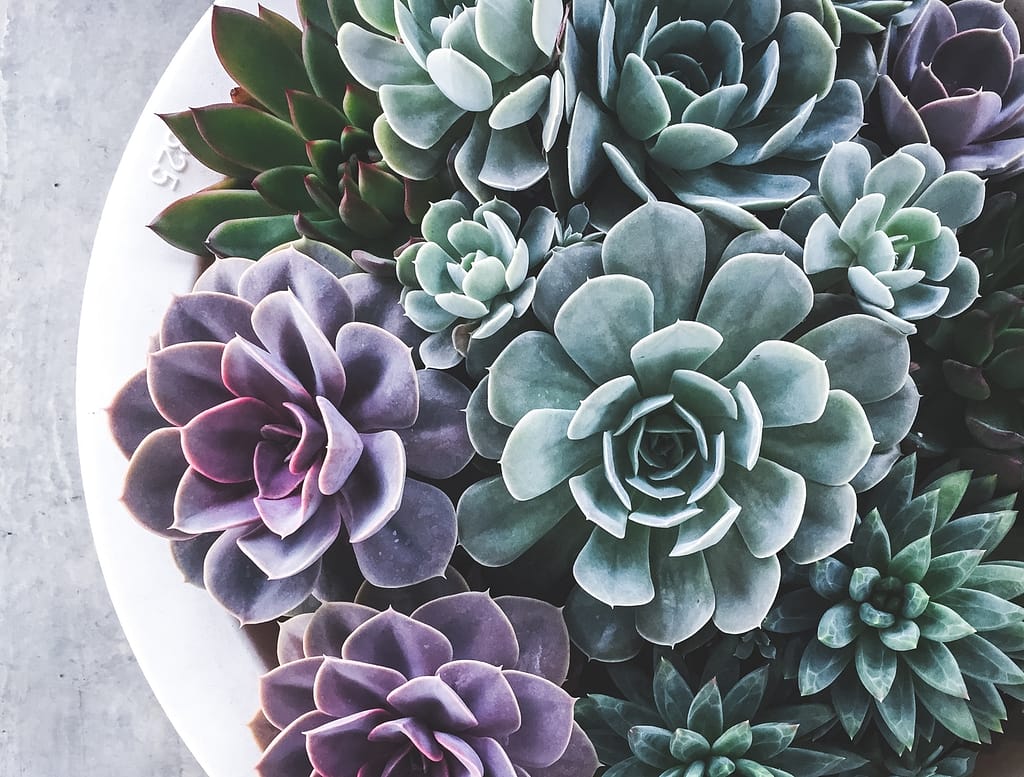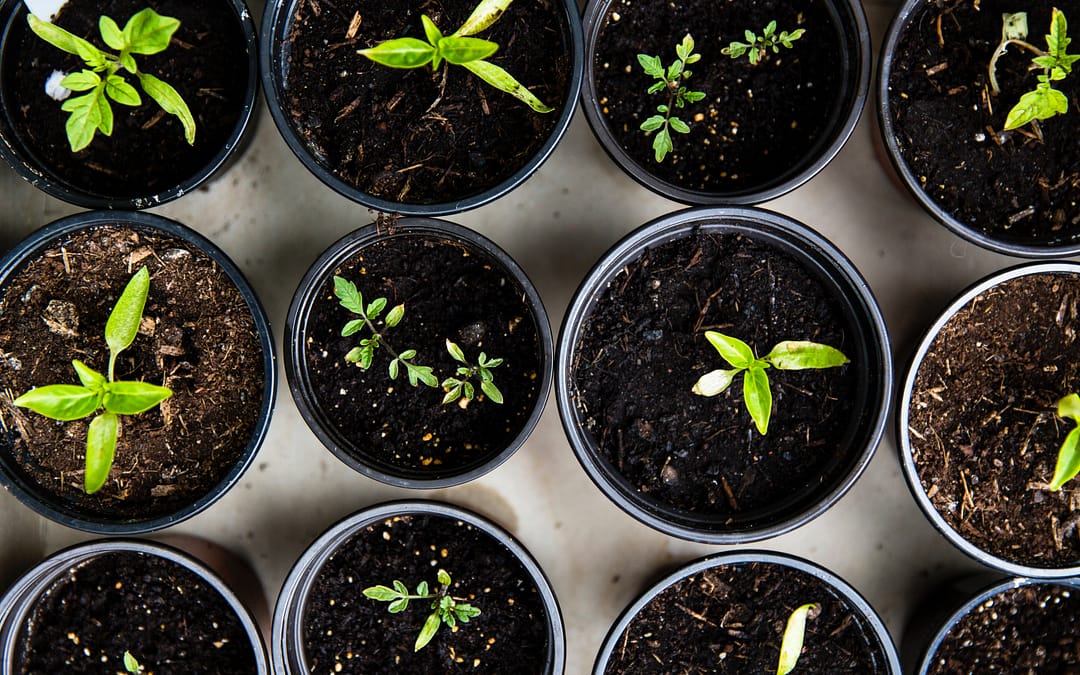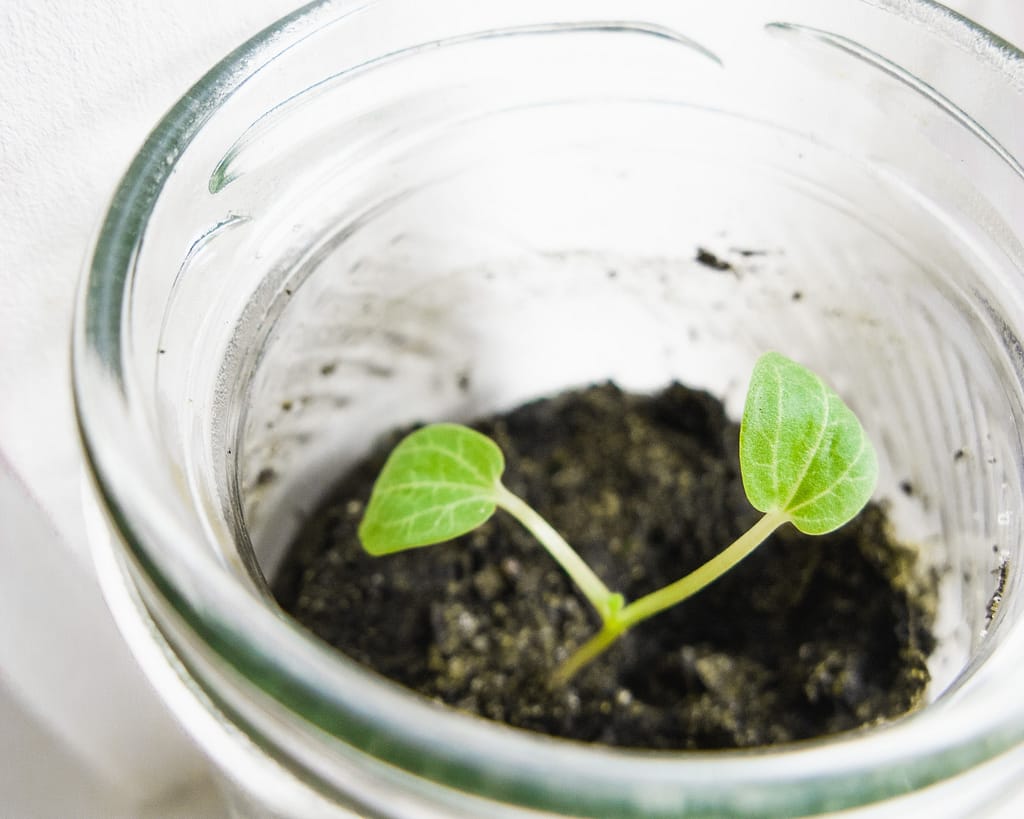This article may contain compensated links, please read our disclaimer for more information.
As more people hit the road in their RVs, the idea of creating an RV garden is becoming increasingly popular. Most RVers are well aware of the awesome benefits of surrounding themselves with greenery, so it just makes sense that they’d want to bring a garden with them wherever they roam.
The question, of course, is how to go about it?
Obviously, a traveling RVer can’t just plant a garden in their yard, as it would be left behind on the first travel day. So how can a plant-enthusiast grow an RV garden that travels with them?
In this article we will discuss the steps involved in growing an RV garden, as well as the best RV plants to grow on the road. Use these tips and you can put your green thumb to use even as you wander the country.
Determine the Type and Size of Garden
Before starting your RV garden, it is important to determine the types of plants you want to grow and the amount of space that you have available to do so. As we all know, space is limited when you live in an RV. Therefore, you need to consider the plant varieties you will grow based on the space available.
You might choose to grow plants like herbs that don’t need a lot of space to thrive. Alternatively, you could create a vertical garden by using hanging baskets or containers, which is space-efficient. Some RVers will grow small container gardens that sit outside most of the time and are moved indoors for travel day. We’ve even seen people hang an over-the-door shoe organizer on the outside of their RV door and grow plants in the individual pockets.

Choosing the Right Plants
The next step actually goes hand-in-hand with the first step, as one can affect the other: You need to decide what kinds of plants you will be growing.
Choosing plants that can thrive in small spaces and with little access to sunlight is definitely important when creating an indoor RV garden. That said, if you’re willing to grow in containers on your campsite, your options increase a lot.
Here are some of our favorite RV garden plant options:
Lettuce — Believe it or not, some types of lettuce grow very well indoors. If you’re looking to be able to eat from your RV garden, lettuce is an excellent choice.
Herbs — Another edible option, herbs like basil, mint, and rosemary are perfect to grow in RVs as they don’t require much space. We love that they can be used in your cooking, because eating what you grow makes gardening so much more rewarding.
Strawberries — Most strawberries do very well in containers. That said, because they need a lot of sunlight, they really should be outside and you will want to stick to warm, sunny places when making travel plans.
Spider Plants — Spider plants are easy to grow, low-maintenance plants. We appreciate that they also have air-purifying properties and can remove harmful chemicals from the air.
Succulents — Another low-maintenance plant option, succulents can survive in extreme temperatures, making them perfect for RVs and the ideal choice for first time gardeners. Aloe vera is a particularly great succulent choice, as it can be used to treat sunburns.
Pothos — Lastly, we must mention pothos. These are beautiful, easy-to-grow plants that thrive in low light conditions. They can be grown in water or soil, and their trailing vines add a lovely touch to any space.
These are some of our favorite plants to grow in an RV garden. That said, there are many other indoor plants that can thrive in an RV, so if you don’t love these ideas, feel free to try other plants.
Choosing Your Container
Obviously, your RV garden will need to be grown in some sort of container (or set of containers). The type of container you choose can make or break your RV garden, so be sure to pick carefully.
Containers come in many different sizes, shapes, and materials. When choosing a container, you must consider the size of the plant, the weight of the container, and the frequency of watering. Generally speaking, lightweight containers are ideal when you’ll be moving around the RV frequently. You’ll also want to make sure the container has drainage holes in the bottom to allow water to drain out and prevent root rot.
Watering and Maintenance of your RV Garden
Obviously, watering and maintenance are important parts of growing an RV garden. Check the soil moisture daily and water your plants when the soil feels dry. Be careful not to overwater or underwater your plants, as this can cause plant stress or root rot.
As you move from campsite to campsite, the location of the sun in relation to your windows will likely change. Because of this, you may need to change where your plants live in the RV in order to ensure they are receiving enough sunlight.
Finally, you will want to prune your plants regularly. This keeps them in shape and ensures they continue to thrive and provide clean air, food, and a lovely green setting for you and those who travel with you.
As you can see, growing an RV garden is totally possible and is a fun way to provide your family with fresh air and yummy food. Use the tips above to get your RV going, but don’t be afraid to get creative, try new things, and see what kind of RV garden ideas you can come up with to make your little garden-on-wheels work for you!
need more RV living tips? Check out this post!
Join Fulltime Families
Fulltime Families Members get access to the best resources, community and discounts.
Fulltime Families is a participant in the Amazon Services LLC Associates Program, an affiliate advertising program designed to provide a means for sites to earn advertising fees by advertising and linking to amazon.com, amazon.co.uk, amazon.ca. Amazon and the Amazon logo are trademarks of Amazon.com, Inc. or its affiliates.


